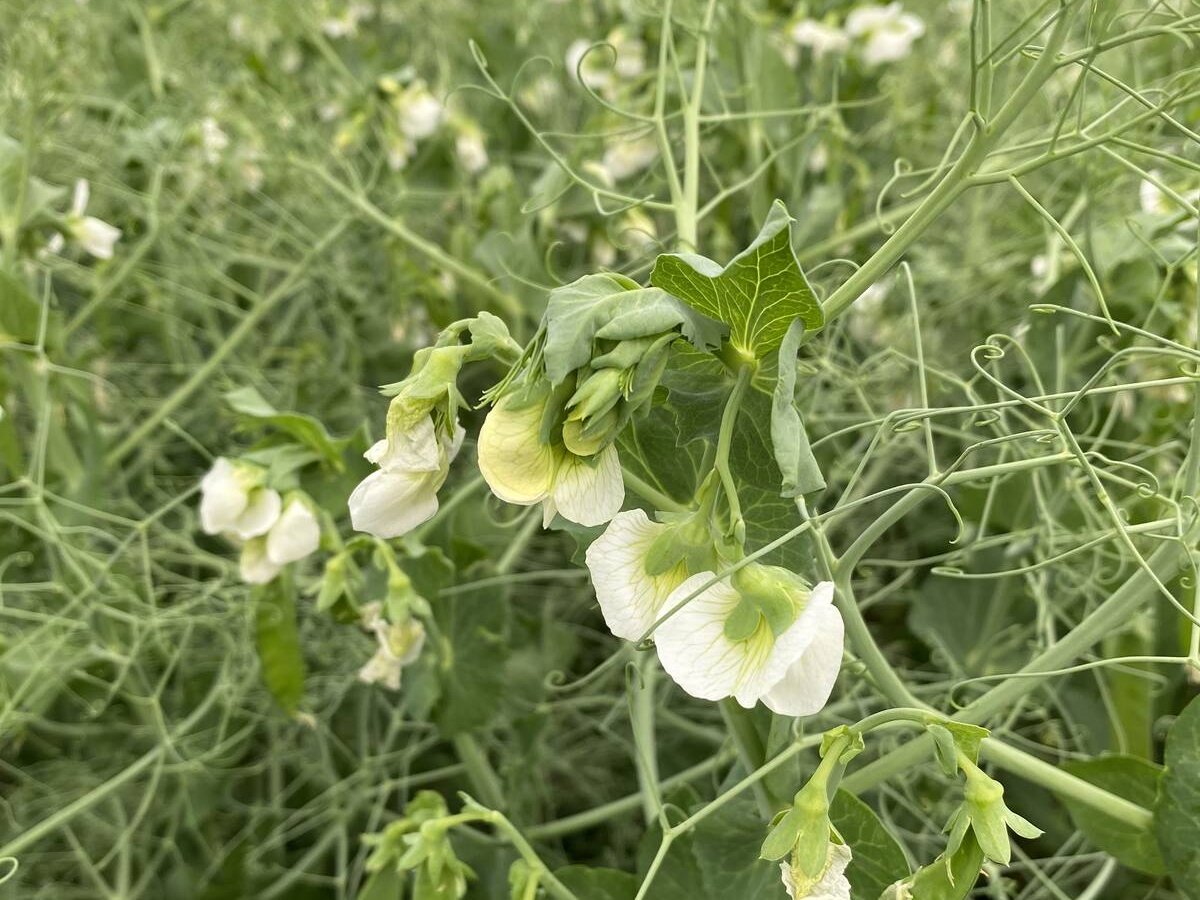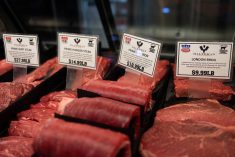The latest private forecasts are expecting a U.S. soybean crop of 80.4 to 81.5 million acres this year, which would be up from 75.7 million acres last year and a new record.
The low cost of soybean production is thought to be behind farmers’ increased interest in soybeans, which could result in overproduction of the crop.
Daniel Basse of AgResource in Chicago thinks financing input costs is playing a bigger role than market outlook in many American farmers’ plans.
“It’s the crop of choice just because you can plant it without a lot of fertilization,” he said. “The lower cost of production is favouring oilseeds in general over the grains. To produce an acre of corn is relatively expensive, so we feel farmers globally will shift away from grains and focus more on oilseeds both here and in Europe.”
Read Also

India slaps 30 per cent import duty on yellow peas
India has imposed a 30 per cent duty on yellow pea imports with a bill of lading date on or after Nov. 1, 2025.
On March 13, Informa Economics predicted soybean seeded area of 81.502 million acres. Brokerage Allendale Inc. forecast 80.439 million acres based on a survey.
As for corn area, Informa sees 81.419 acres and Allendale expects 85.406 acres. Last year’s seeded area was 85.98 million acres.
The U.S. Department of Agriculture releases its first survey of seeding plans March 31.
A big shift to soybeans from corn would shift the grain and oilseed supply-demand balance and support new crop cereal prices.
Basse believes the world is still within a long-term commodity bull market but it’s a bull that is corralled by overwhelmingly bad macroeconomic factors and won’t break free until the economy stops its freefall.
“First of all we’ve got to find a bottom in the economy, and that hasn’t happened yet. You can’t pump $30 billion into AIG every two months and think we’re at the bottom,” Basse said.
“For the moment the focus will continue to be firmly on the economy and declining demand both for meat and vegetable oils. But when we do find that stability, then we do have a chance to step back into that longer-term structure.”
Basse said the current economic damage doesn’t imperil longer-term commodity price prospects because commodity production is also being damaged.
“For the moment we’re all talking about demand destruction, but some time at the end of this year it will be supply destruction (that appears).”
The U.S. Department of Agriculture says American farmers are likely to reduce crop production by five million acres this year because of finance problems and low profitability prospects.
In countries such as Russia, which can be a significant producer of cereal grains, farm finance is collapsing and farmers can’t buy fertilizer, even if they can scrape together the money to seed a crop. Chances for a bumper crop are slight.
American and Canadian farmers don’t have significant problems borrowing money to pay for inputs to seed a crop, but that doesn’t mean they feel confident betting the house on their next crop in the light of the worldwide economic slump. Hence the switch to soybeans.
“Farmers don’t want to spend $450 an acre to plant corn versus $290 an acre to plant (soy)beans. It’s all based on how cheaply you can seed a crop.”
Another bull factor for cereals is the general assumption that ethanol demand for corn is dropping. That is incorrect, Basse said, and demand will grow in coming months.
Basse said many ethanol plants are now profitable, regardless of the problems at Vera Sun and other companies. New plants are still completing construction and going into production, leading analysts like him to boost their estimates of 2009 ethanol production.
If U.S. president Barack Obama’s administration boosts ethanol blend rates, Basse said demand for corn to feed the ethanol industry will increase rather than decrease.















